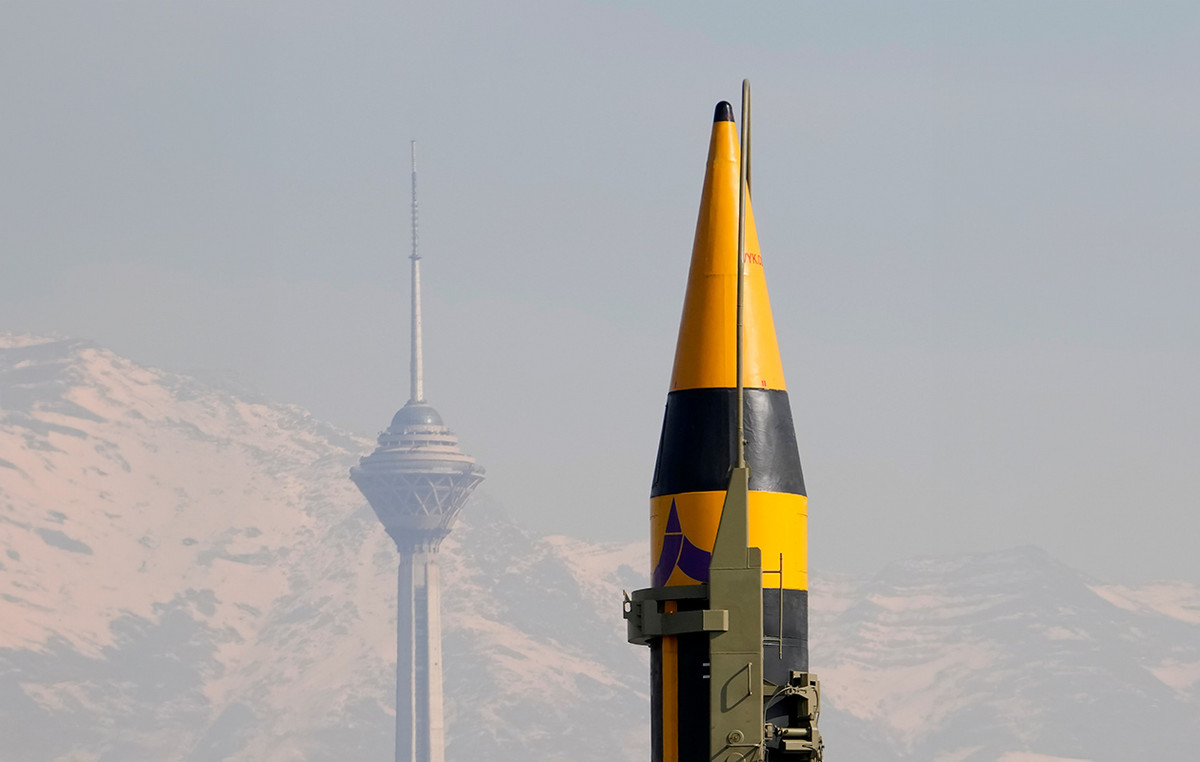The year 2024 in Japan began with a 7.5 magnitude earthquake in the west of the country, which generated tsunami waves and damage to roads, power, transport services and infrastructure.
The earthquake, which occurred about 26 miles northeast of Anamizu in Ishikawa Prefecture, is “by far the largest earthquake” that residents of western Japan have felt, according to Susan Hough, a seismologist with the United States Geological Survey. (USGS).
Hough said aftershocks from this earthquake could last for months. “You could easily have aftershocks greater than sixth magnitude, so they would be a danger in themselves,” he added.
Earthquakes like the one recorded last Monday (1st) are historically common in Japan for several reasons, among which the following stands out: its geological location.
Why do so many earthquakes occur in Japan?
Japan is considered one of the most seismically active countries in the world, as indicated by the United States embassy and consulates in Japan.
This consequently makes the nation of the Rising Sun a very prone place to earthquakes of all types of intensity.
But why are there so many earthquakes? This is basically because Japan is located in a very active seismic area, says the USGS.
This seismic area in which Japan is located is called the “Ring of Fire”, which is located on the coasts of the Pacific Ocean and “is characterized by concentrating some of the most important subduction zones in the world, which causes intense seismic activity and volcanic in the territory it covers”, according to the Autonomous University of Nuevo León (UANL).
The Geological Survey of Japan mentions that the country is located along subduction zones, which causes “many earthquakes every year.”
According to the Mexican Geological Survey (SGM), a subduction zone is one where two tectonic plates collide moving in opposite directions. Of these two plates, the denser one passes underneath the less dense one. This movement produces collisions between both plates and releases energy that translates, among other things, into earthquakes.
In the case of Japan, the densest plate is the Pacific plate and passes under the less dense plate, which are the islands that make up the Japanese territory, comments Dr. Liz Cottrell, geologist at the Smithsonian's National Museum of Natural History, in U.S.
“The Pacific Ocean plate is sinking beneath the islands of Japan. The force of the union of these two plates generates earthquakes throughout this area. Sometimes these tectonic plates can slide past each other quite calmly, generating only small tremors. But sometimes parts of this area become blocked. They don't slide together. Stress builds up at this boundary over time and is eventually released in a large (earthquake) and a rupture occurs,” notes Cottrell in a 2011 video explaining that year’s earthquake.
Subduction zones like those surrounding Japan are formed by two oceanic plates that, when they collide, in addition to earthquakes and volcanic activity, also form holes in the ocean floor that are called “trenches” or “ocean trenches”, says the SGM .
This is why in the image above of the Ring of Fire we see the names of several trenches, as it is a classic feature of subduction zones.
A 2015 paper published in the academic journal “Philosophical Transactions of the Royal Society A” notes that earthquakes greater than magnitude 8 occur repeatedly in subduction zones around Japan.
Source: CNN Brasil
Bruce Belcher is a seasoned author with over 5 years of experience in world news. He writes for online news websites and provides in-depth analysis on the world stock market. Bruce is known for his insightful perspectives and commitment to keeping the public informed.


.jpg)




